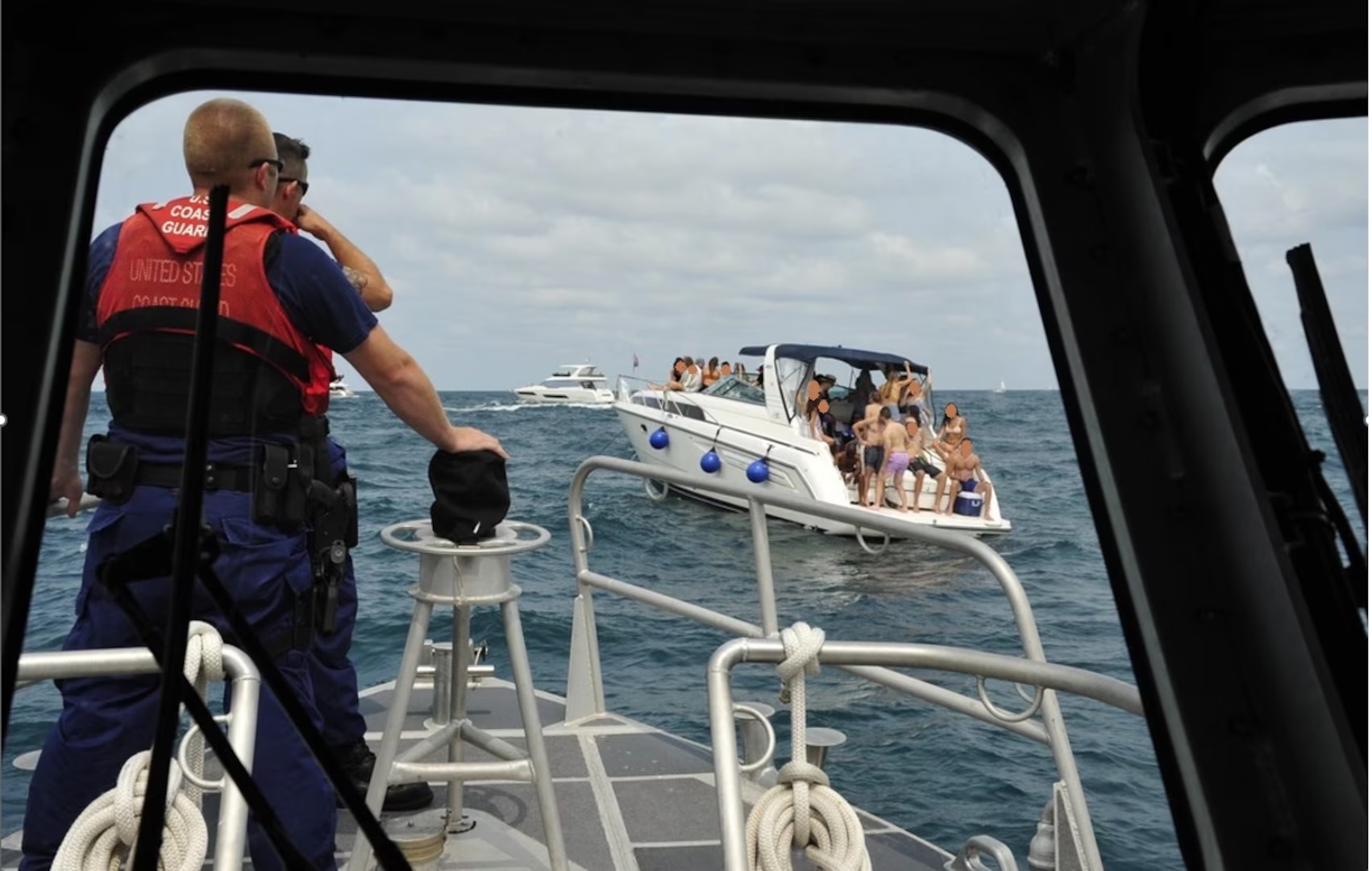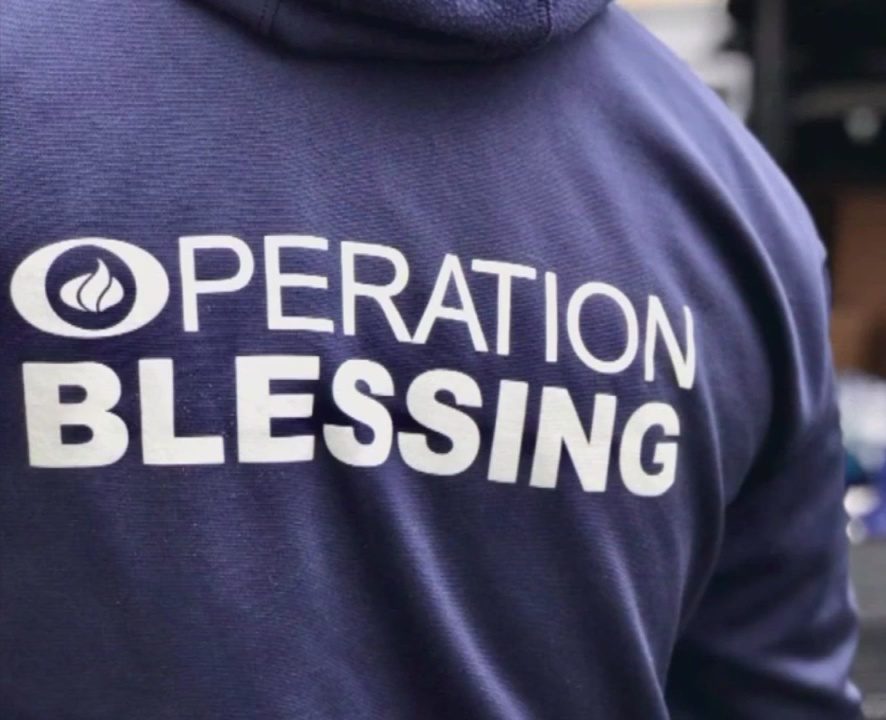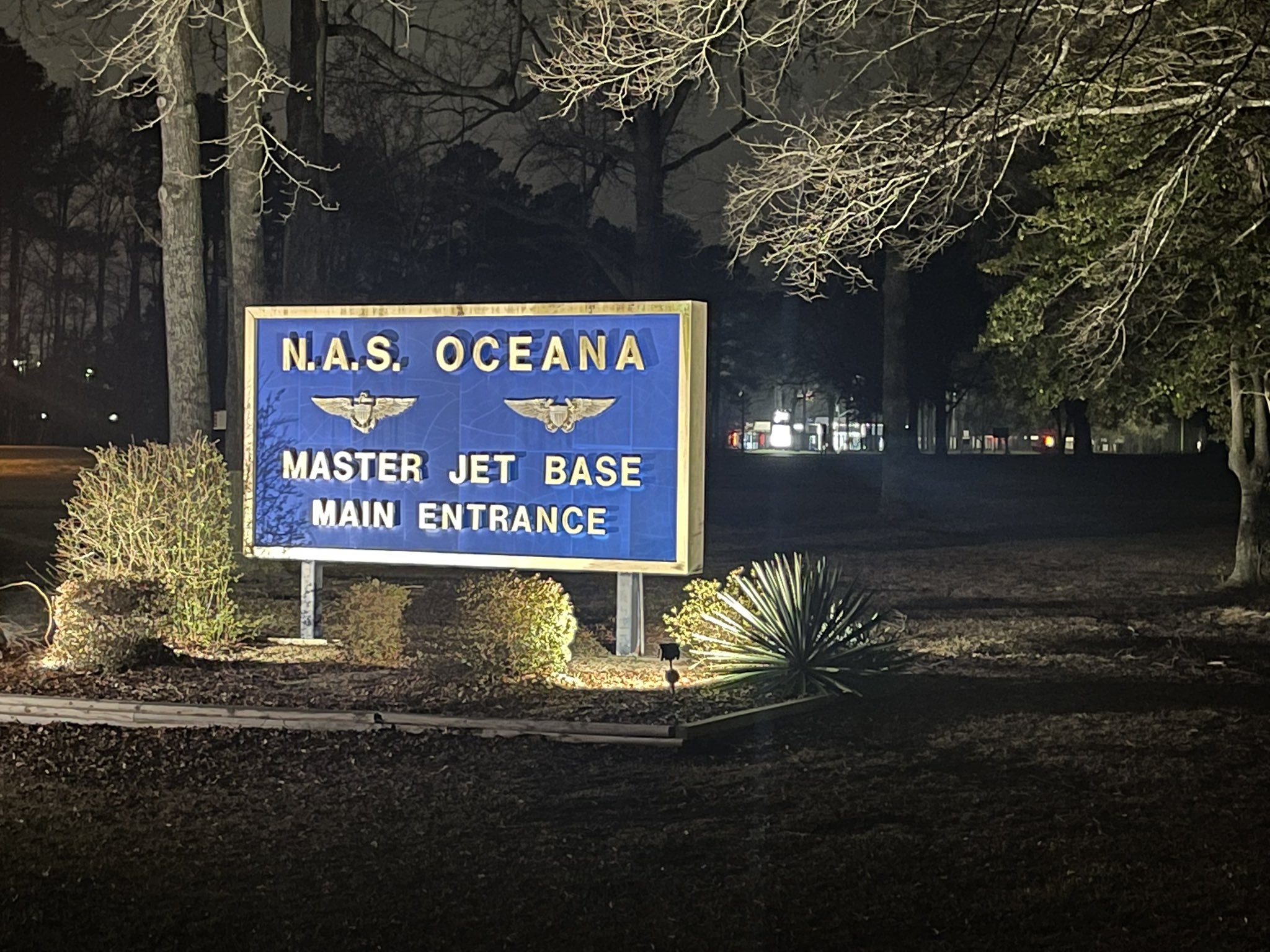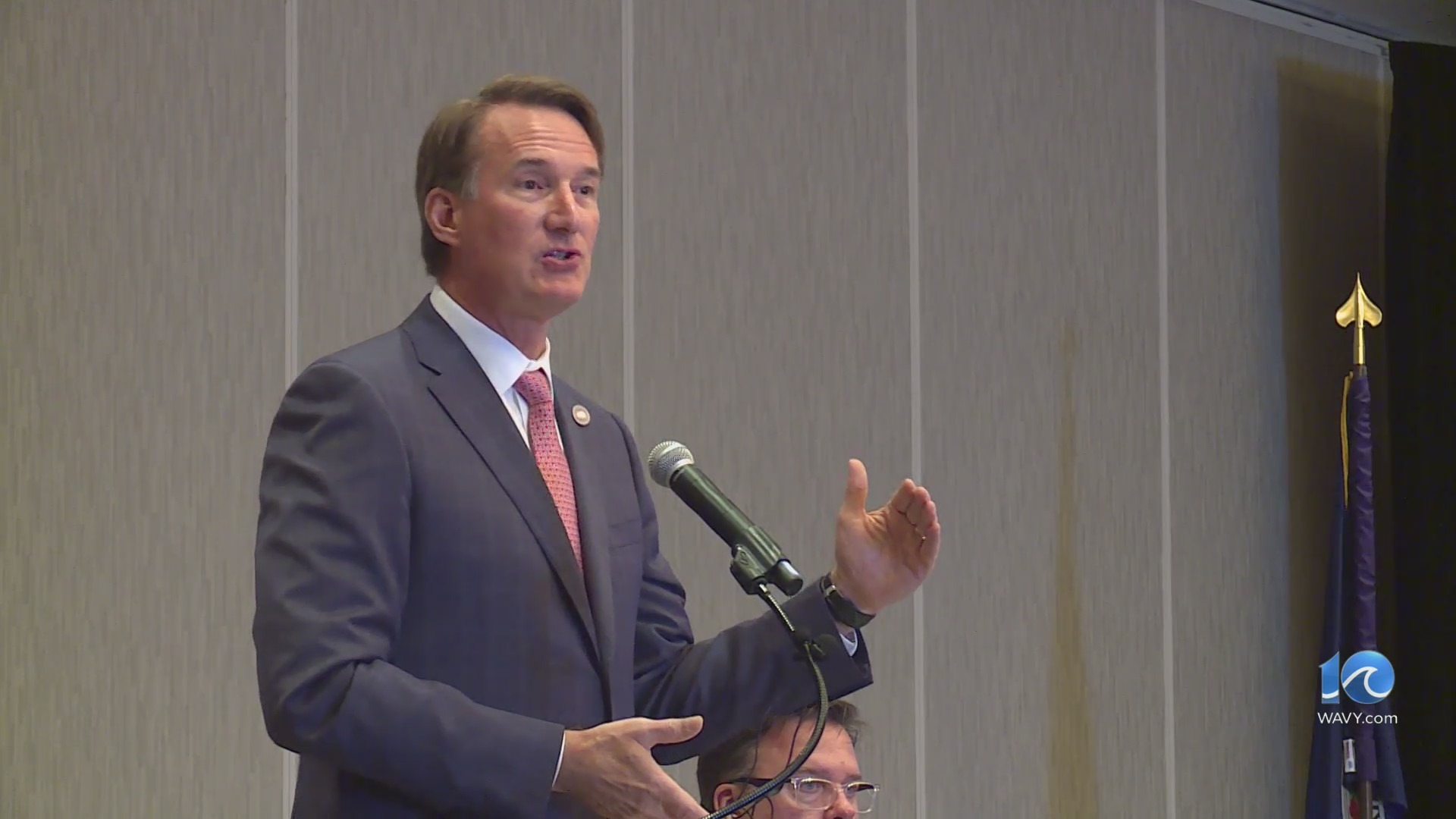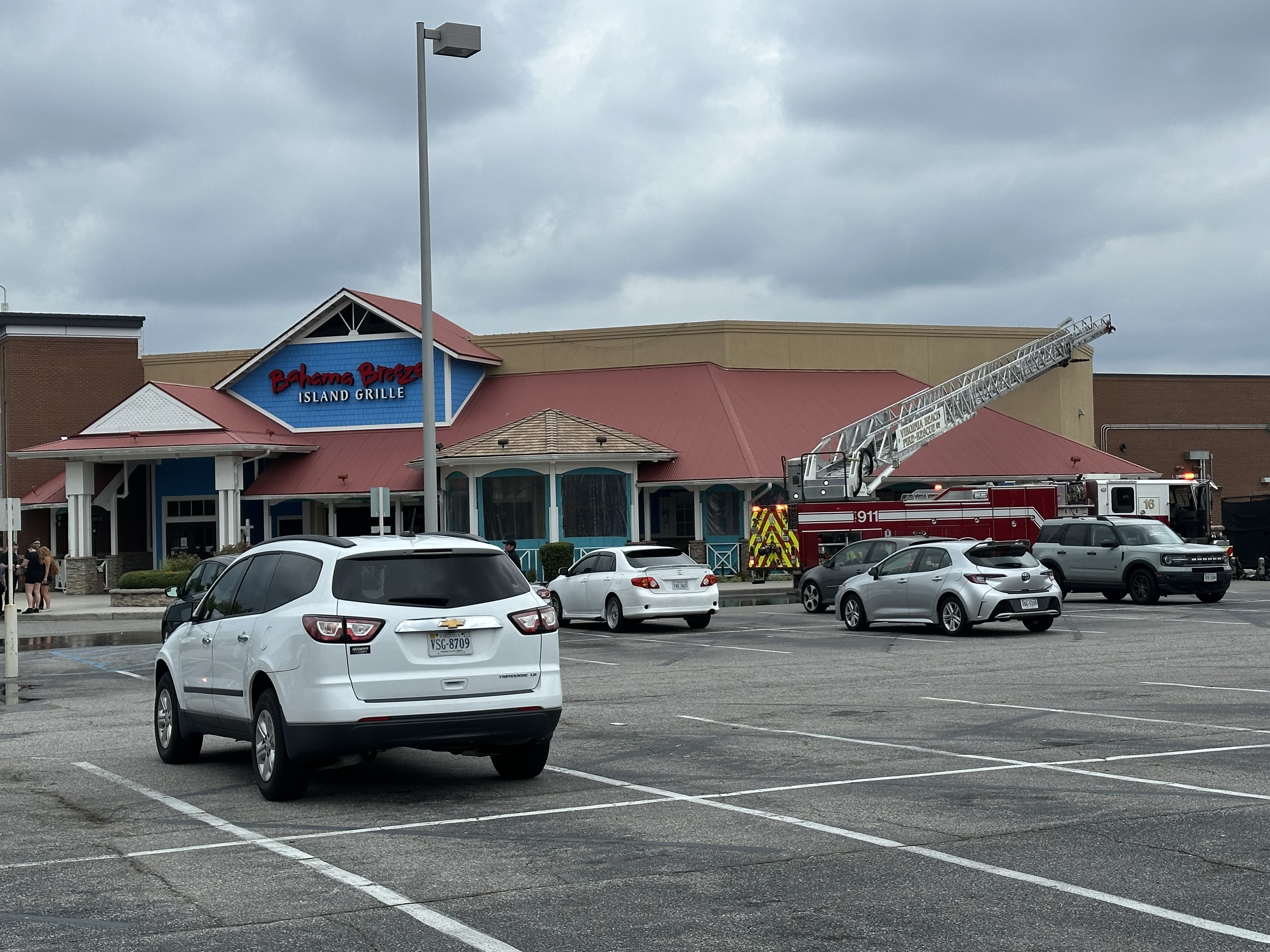PORTSMOUTH, Va. (WAVY) — Forecasters at Colorado State University say the East Coast and Gulf of Mexico are now expected to see a below-average hurricane season.
CSU’s Tropical Meteorology Project team initially predicted a slight above-average season earlier this year, with 14 named storms and three hurricanes expected to reach reach major hurricane strength.
The team has since decreased that forecast, calling for 11 named storms, four hurricanes and only one storm to reach reach major hurricane strength.
By contrast, the forecast issued by the National Oceanic and Atmospheric Administration in April called for a “near or above-normal” season — with 10 to 16 named storms, and one to four major hurricanes with Category 3 strength or higher.
CSU researchers noted two factors in a July 2 report that could make the 2018 season below average: cool water temperature and a possibly weak El Niño.
The odds of a weak El Niño forming for the peak of the season increased somewhat, according to the update. Researchers said if this is the case, it would lead to more vertical wind shear that would tear apart hurricanes.
The tropical and subtropical Atlantic Ocean is colder than normal. A colder Atlantic gives tropical cyclones less fuel and tends to suppress hurricane activity, researchers said.
Despite the drop in the forecast, researchers are continuing to caution coastal residents.
“You know obviously the big concern is, you know, people shouldn’t get lackadaisical when you forecast a below average season and likewise when you forecast an above average season,” said Philip Klotzbach, a meteorologist at CSU.
Experts suggest residents to be prepared by having an emergency preparedness kit with food, water for at least three days, a flashlight, batteries and first aid supplies.


